Results
-
 £32.50
£32.50Jingleosity - James Curnow
James Curnow's clever arrangement of Jingle Bells masterfully keeps the range and rhythm demands at a pre-grade 1 level while assuring that all the players have fun in the preparation and performance. Every section is fullyinvolved, and the low woodwinds and brass get a little special time all their own. Great step dynamics are the perfect opportunity to make sure your players show a significant difference at each change. That's the kind ofpreparation that will pay off down the road at festival time in the spring. There's also plenty to keep your fledgling percussion section busy. Cool!
Estimated dispatch 7-14 working days
-
 £47.50
£47.50Challenger Point - Timothy Johnson
This nice easy overture-style festival or concert piece will show off your band at its best. The exciting primary theme is contrasted with an engaging slow section and there are plenty of musical concepts to teach which are righton target for musicians at this level. Consider opening your next concert with Challenger Point. Dur: 3:05
Estimated dispatch 7-14 working days
-
 £179.99
£179.99Spartacus - Jan van der Roost
Spartacus is a "Symphonic Tone Poem" with 3 joints. Each section has its own melodical materials, however: in the final movement the main theme from the second section returns in a 'grandioso'-tutti. The last bar but one recaptures the 'oriental' atmosphere of the very beginning. The first section (= from the beginning till J) builds up a climax by repeating and accumulating some melodical and rhythmical stuctures. The oriental character of the melodical fragments refers to the origin of the Roman slaves. The second section evokes the love between Spartacus and his loveby giving a peaceful atmosphere. The mean theme (presented the first time at letter L) has a broad andwide character and refers slightly to filmmusic. In this part of the composition, a special attention is given to the orchestration. The final section is more agressive and martial and refers to the revolt of the slaves against the Roman oppressors. In the middle of this movement, an accumulation of the 12 tones symbolizes the crucifixion of the slaves: the english horn resumes partly the cadenza of the flute (at letter J), as if he wants to show again the eternal love between Spartacus and his love a very last time ... The theme at the third bar of letter T is actually based on the 2nd theme of this section (which starts at the fifth bar of letter R), but has been worked out rhytmically.
Estimated dispatch 7-14 working days
-
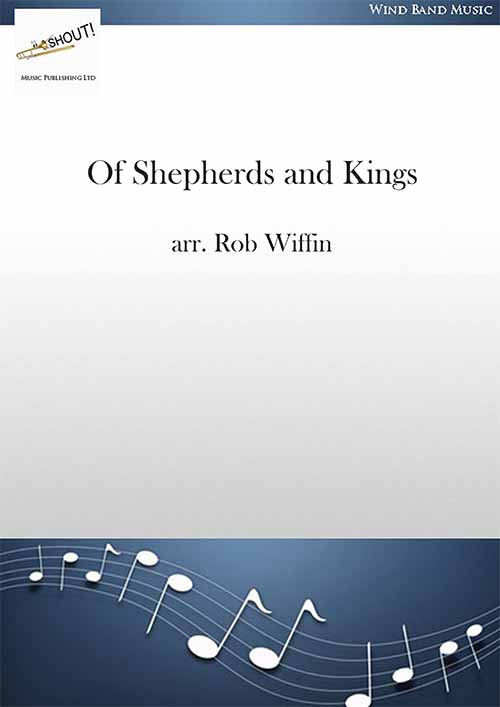 £39.95
£39.95Of Shepherds and Kings (Concert Band - Score and Parts) - Wiffin, Rob
This salsa is a not-too-serious look at the shepherds and kings at the Christmas nativity scene. The shepherds are represented by the carol While Shepherds watched their flocks by night, appearing here in a minor key. They are a rather earthy crew as opposed to the more refined kings with their carol We Three Kings of Orient. At one point the shepherds try to show that they should not be underestimated with their allusion to Henry Purcell's song Nymphs and Shepherds but the arguments between the two groups continue to the very end.Technically the piece is not that difficult but it needs the appropriate rhythmic feel. There are several add-on latin percussion parts which are not essential but will add to the spirit of the music if you have the players available.Duration: 3.30
Estimated dispatch 7-14 working days
-
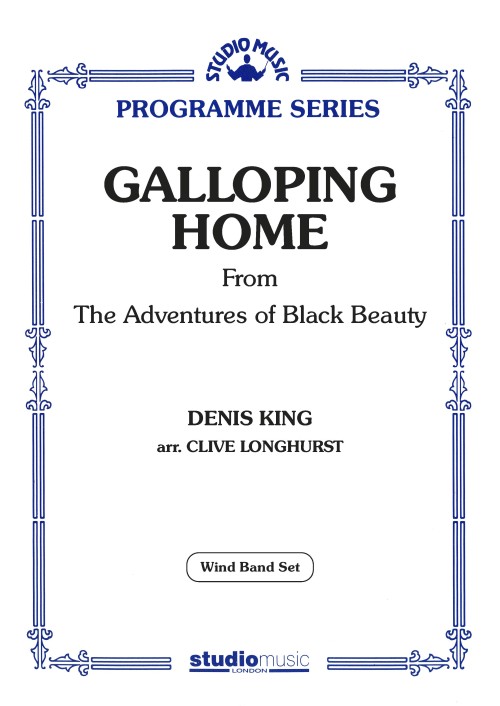 £87.95
£87.95Galloping Home (Concert Band - Score and Parts) - King, Denis - Longhurst, Clive
Galloping Home is the name of the theme tune to the popular 1970's TV programme, 'The Adventures of Black Beauty'. The children's show ran between September 1972 to March 1973 and became a 'must watch' in the UK and the USA. It is hoped that this transcription will evoke many happy memories for those who used to watch it and be enjoyed by those who are not so familiar.
Estimated dispatch 7-14 working days
-
 £64.99
£64.99Wednesday (Concert Band - Score and Parts) - Elfman, Danny - Chambers, Carol Brittin
Wednesday is one of the most popular series on Netflix. Danny Elfman's theme perfectly portrays the dark and mischievous mood of the show, and Carol's arrangement effectively adapts all the fun for young bands.
Estimated dispatch 7-14 working days
-
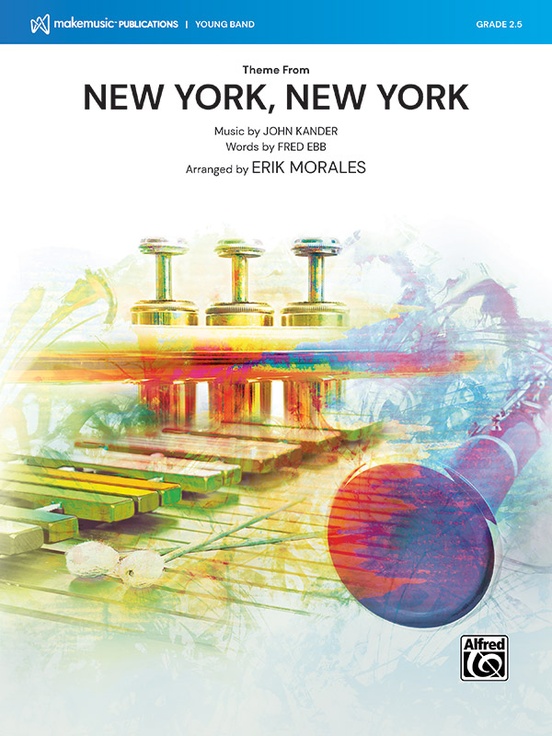 £75.00
£75.00New York, New York, Theme from (Concert Band - Score and Parts) - Ebb & Kander - Morales, Erik
Treat your audience to one of the most iconic songs of all time while introducing jazz and swing concepts at a very approachable level. Erik Morales has done a fantastic job with this arrangement of New York, New York, which requires no extra instrumentation to be as cool as the original. Perfect to showcase music from the Broadway show.Duration: 3.15
Estimated dispatch 7-14 working days
-
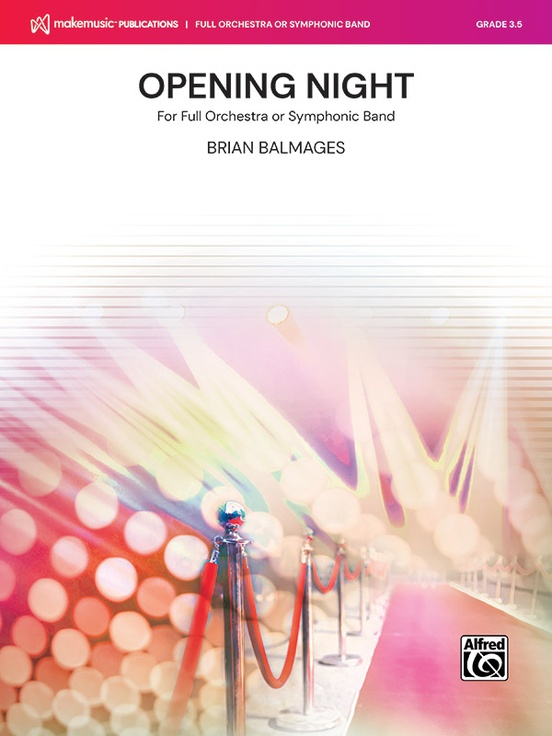 £119.00
£119.00Opening Night (Full Orchestra or Concert Band with String Orchestra - Score and Parts) - Balmages, Brian
This original Broadway-style overture by Brian Balmages is full of energy and will transport audiences to the world of musical theatre. The curtain comes up, the spotlight turns on, and the magic begins as the show finally reaches its Opening Night. In addition, there are numerous instrumentation options. Perform the piece with traditional full orchestra, with symphonic band, or combine your band and string programs to bring the house down!Duration: 3.15
Estimated dispatch 7-14 working days
-
 £53.95
£53.95At Max Power! (Concert Band - Score and Parts) - Webb, Amy
It's time to show the world that your band has what it takes to be the best. Can they push to the front, give it all they've got, and sprint to the finish line? Your students have put in hard work, time, and effort to make their concert the best it can be. What better way to end your program than with this exciting piece by Amy Webb that lets them sprint to the finish line!Duration: 2.00
Estimated dispatch 7-14 working days
-
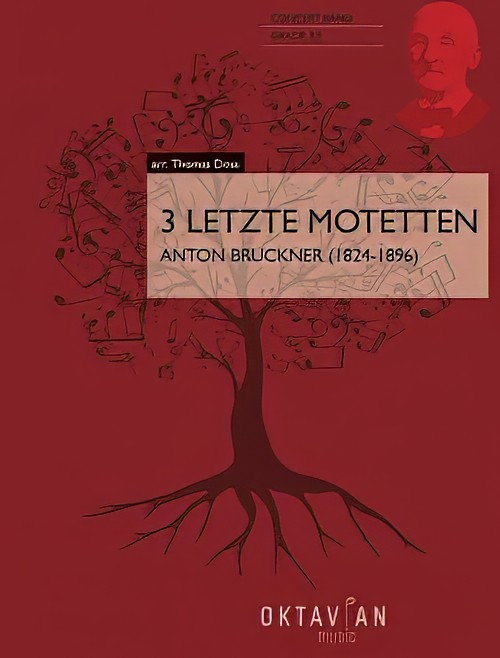 £123.20
£123.203 Letzte Motetten (Concert Band - Score and Parts) - Bruckner, Anton - Doss, Thomas
Anton Bruckner (b. 4.9.1824, Ansfelden, d. 11.10.1896, Vienna) didn't have it easy. Throughout his life, the Austrian composer was plagued by self-doubt. Anton Bruckner came from a simple, rural background. After the death of his father, he was accepted as a choirboy at the monastery of Sankt Florian in 1837. After several years as a school assistant and his own organ and piano studies, he first worked as organist in St. Florian, then from 1855 as cathedral organist in Linz. Introduced to music theory and instrumentation by Simon Sechter and Otto Kitzler, he discovered Richard Wagner as an artistic role model, whom he admired throughout his life and also visited several times in Bayreuth. In 1868 Anton Bruckner became professor of basso continuo, counterpoint and organ at the Vienna Conservatory; ten years later court organist; and in 1891 finally honorary doctor of the University of Vienna. He was considered an important organ virtuoso of his era, but had to wait a long time for recognition as a composer. It was not until Symphony No.7 in E major, composed between 1881 and 1883, with the famous Adagio written under the effects of Wagner's death, that he achieved the recognition he had hoped for, even if he was reluctant to accept it given his inclination towards scepticism and self-criticism. Anton Bruckner was a loner who did not want to follow a particular school or doctrine. He composed numerous sacred vocal works, such as his three masses, the Missa Solemnis in B flat minor (1854), the Te Deum (1881-84) and numerous motets. As a symphonic composer, he wrote a total of nine symphonies and many symphonic studies from 1863 onwards, tending to revise completed versions several times over. Bruckner's orchestral works were long considered unplayable, but in fact were merely exceptionally bold for the tonal language of their time, uniting traditions from Beethoven through Wagner to folk music, on the threshold between late Romanticism and Modernism. Anton Bruckner composed about 40 motets during his lifetime, the earliest a setting of Pange lingua around 1835, and the last, Vexilla regis, in 1892. Thomas Doss has compiled some of these motets in this volume for symphonic wind orchestra. These motets show many characteristics of personal expression, especially Bruckner's colourful harmony in the earlier works, which is in places aligned with Franz Schubert (changes between major and minor; and movements in thirds). Later works are characterised by many components which, in addition to the expanded stature of the movements, include above all a sense of the instrumentation as an outward phenomenon and the harmony as a compositional feature that works more internally. Some aspects of Bruckner's work are the result of his long period of study, which familiarised him not only with the tradition of his craft, but also gave him insights into the "modernity" of his time in such composers as Wagner, Liszt and Berlioz. From this developed his personal standpoint, which always pursues the connection between the old and the new.Duration: 14.00
Estimated dispatch 7-14 working days
